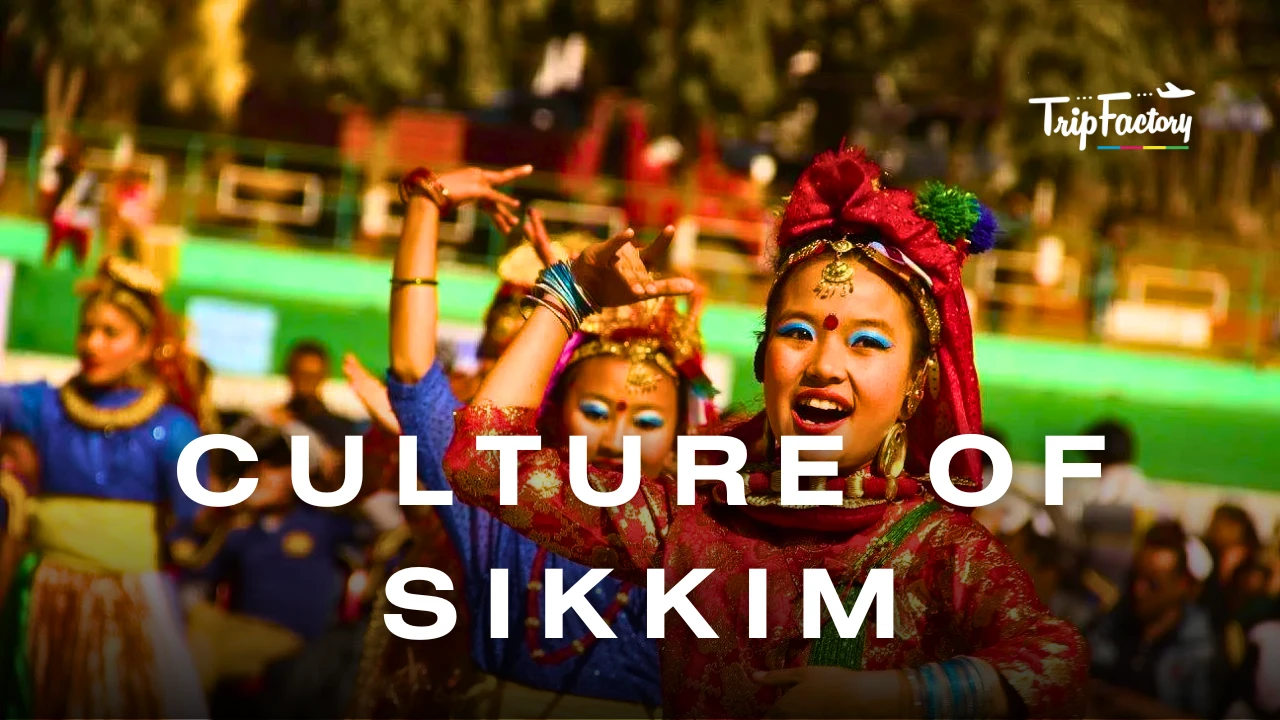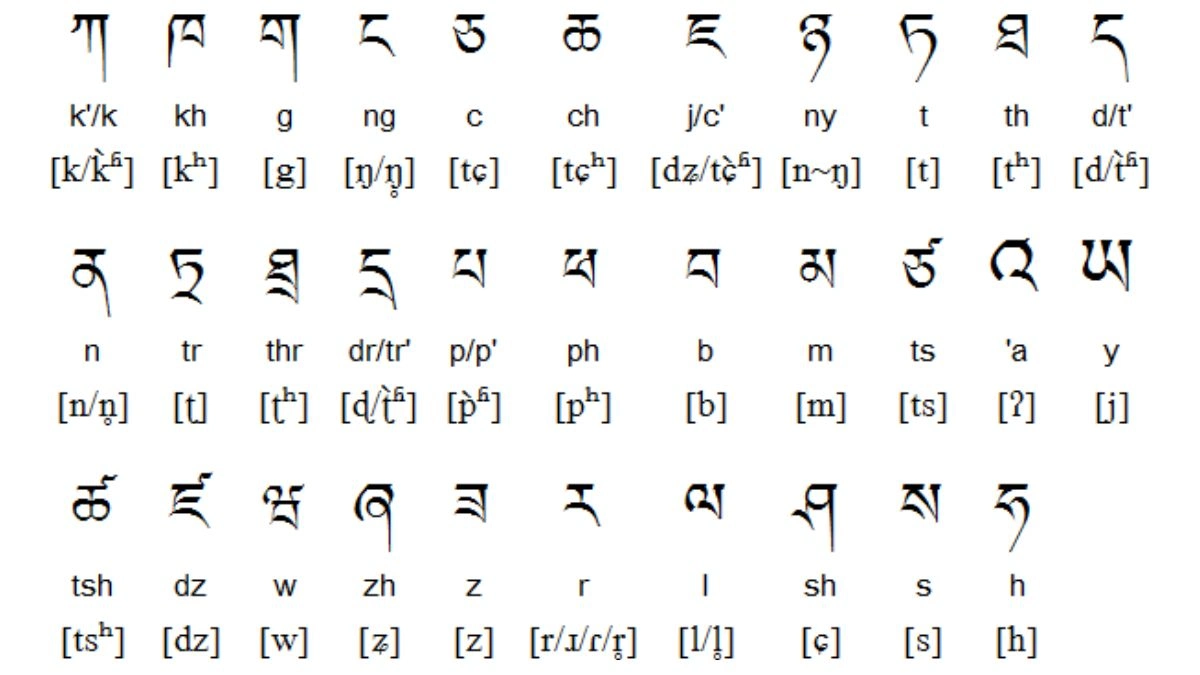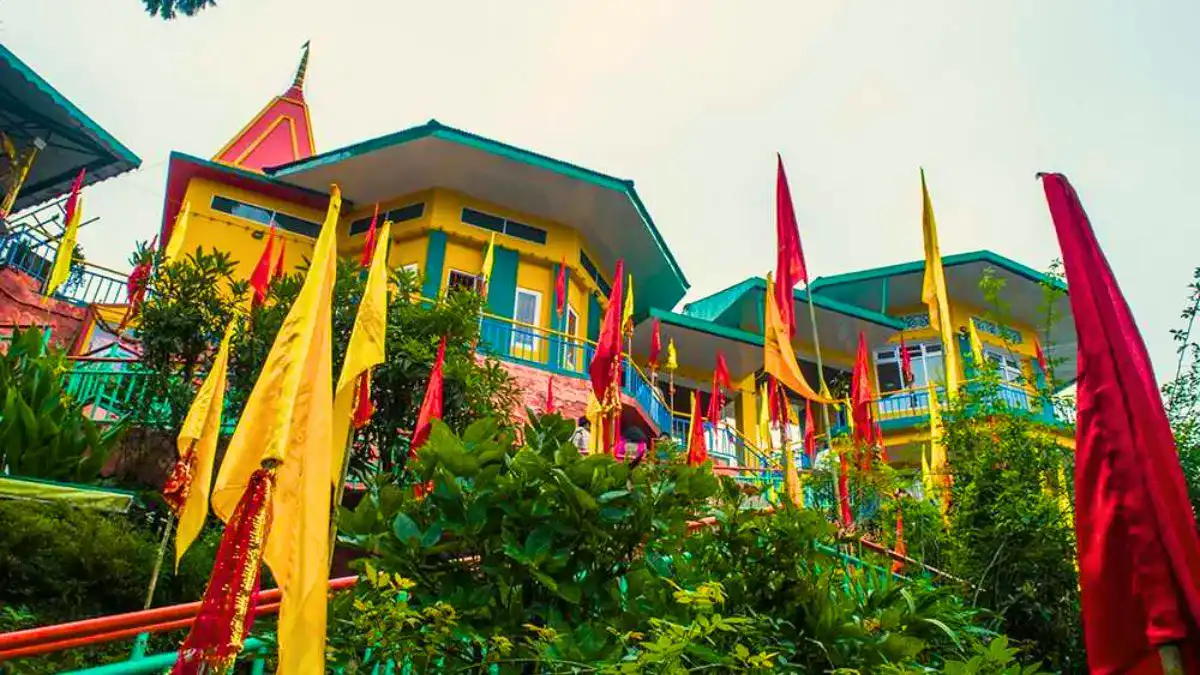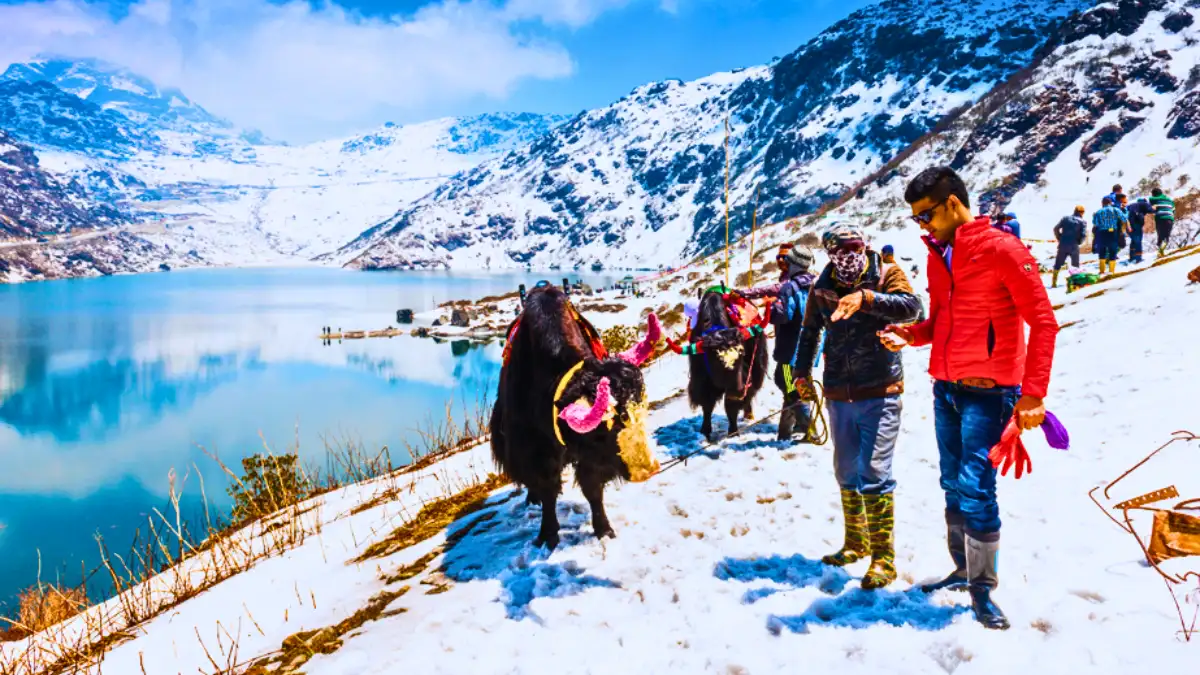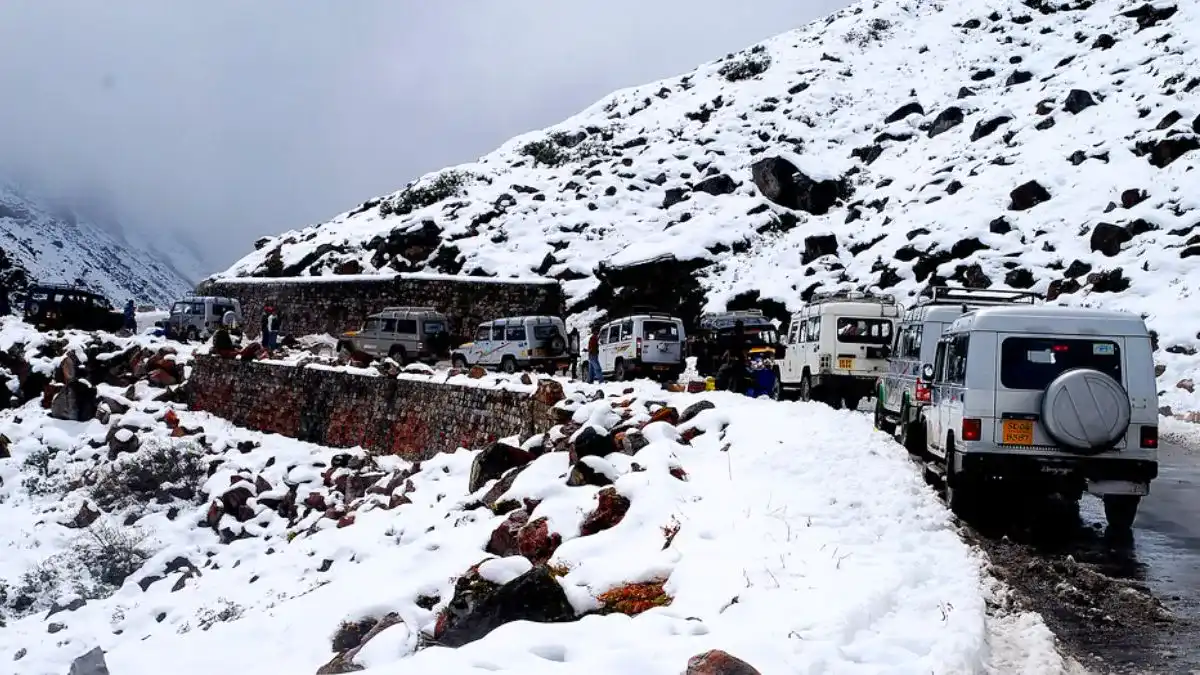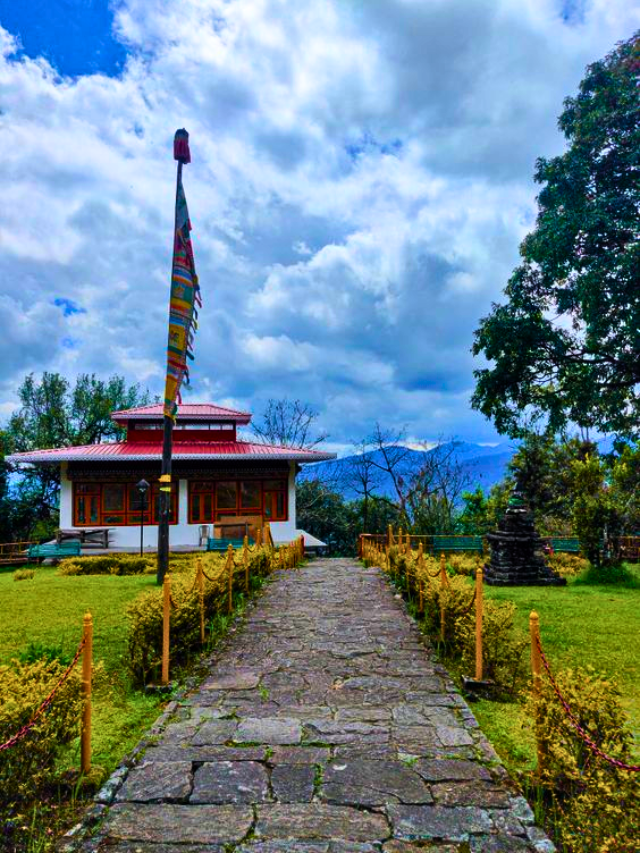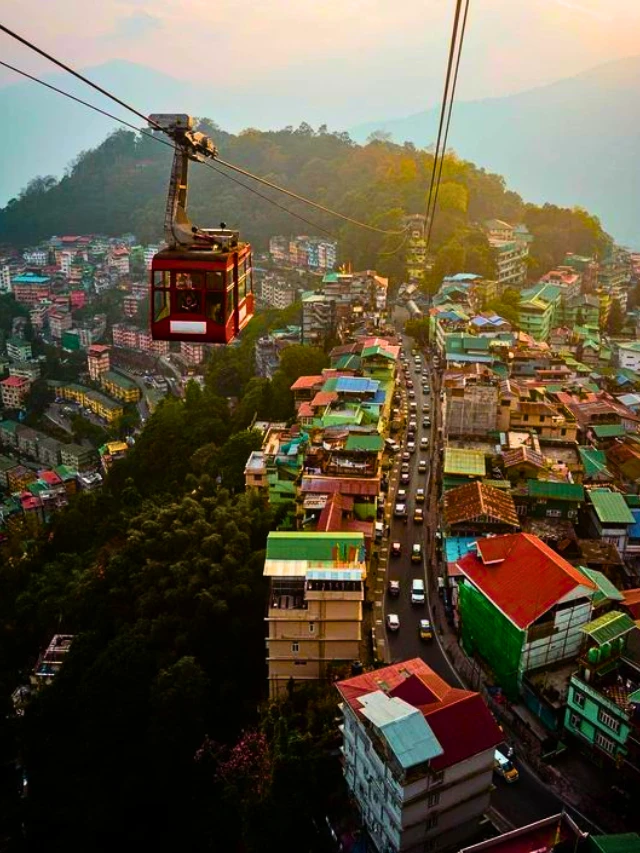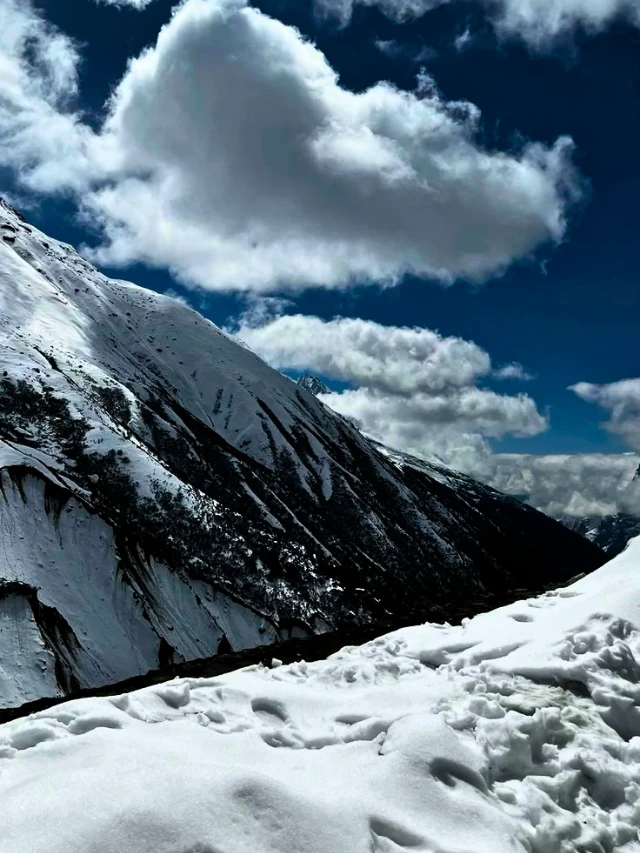The culture of Sikkim is a rich blend of traditions, food, art, music and dance that reflects the harmony between its various communities such as the Lepcha, Bhutia and Nepali. While each group has its own customs and beliefs, they live together in harmony, sharing their festivals and values. Sikkim’s tradition is deeply rooted in nature and spirituality, with people celebrating festivals like Losar, Pang Labsol and Tihar with great joy.
The local cuisine here is simple yet delicious, with dishes like Momo, Thukpa and Gundruk almost always popular. Sikkim’s art often shows Buddhist themes through thanka paintings and handicrafts.
Music and dance are also a big part of Sikkim’s culture – traditional dances like Maruni, Chu Phat and Singhi Cham are performed during festivals and special occasions, often telling stories of folklore and history. Overall, the culture of Sikkim is warm, colorful, and vibrant, where tradition and modern life exist side by side.
All About Culture of Sikkim
Images of Sikkim culture
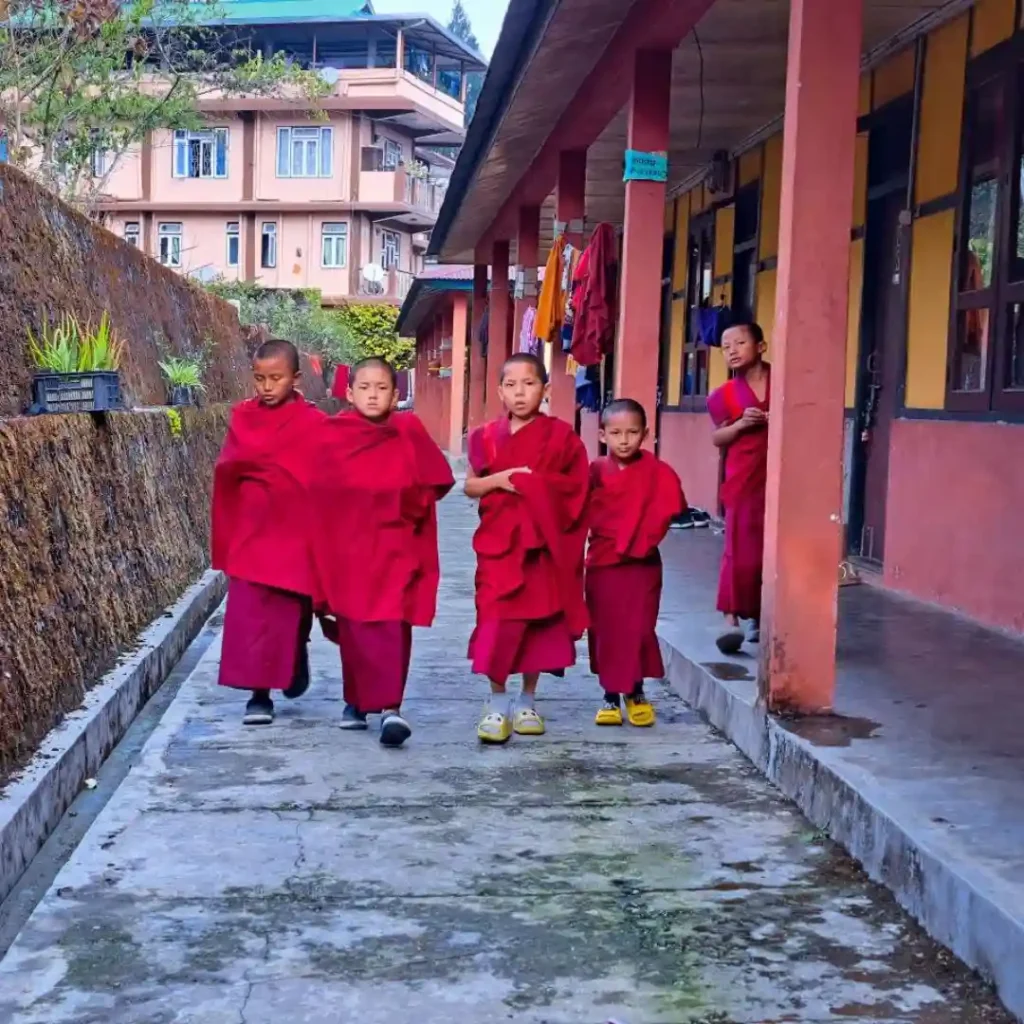

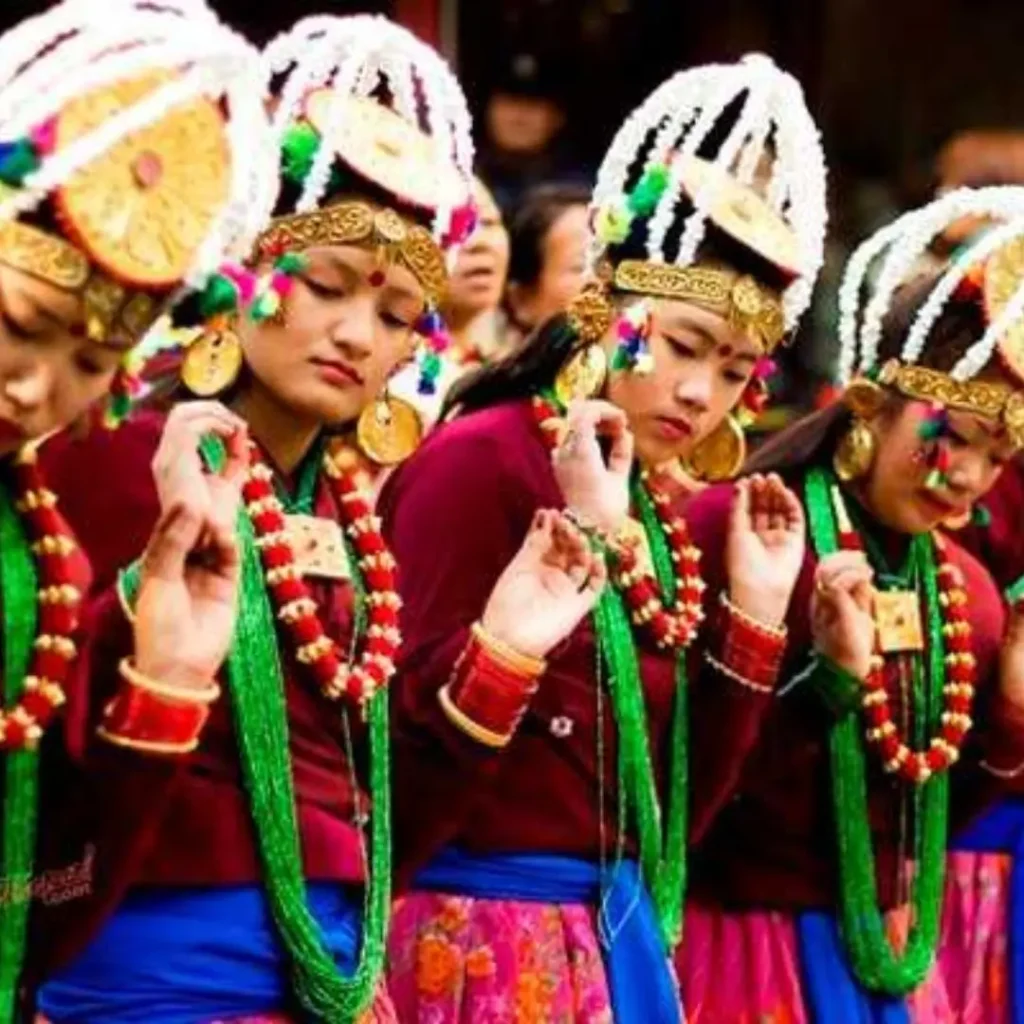

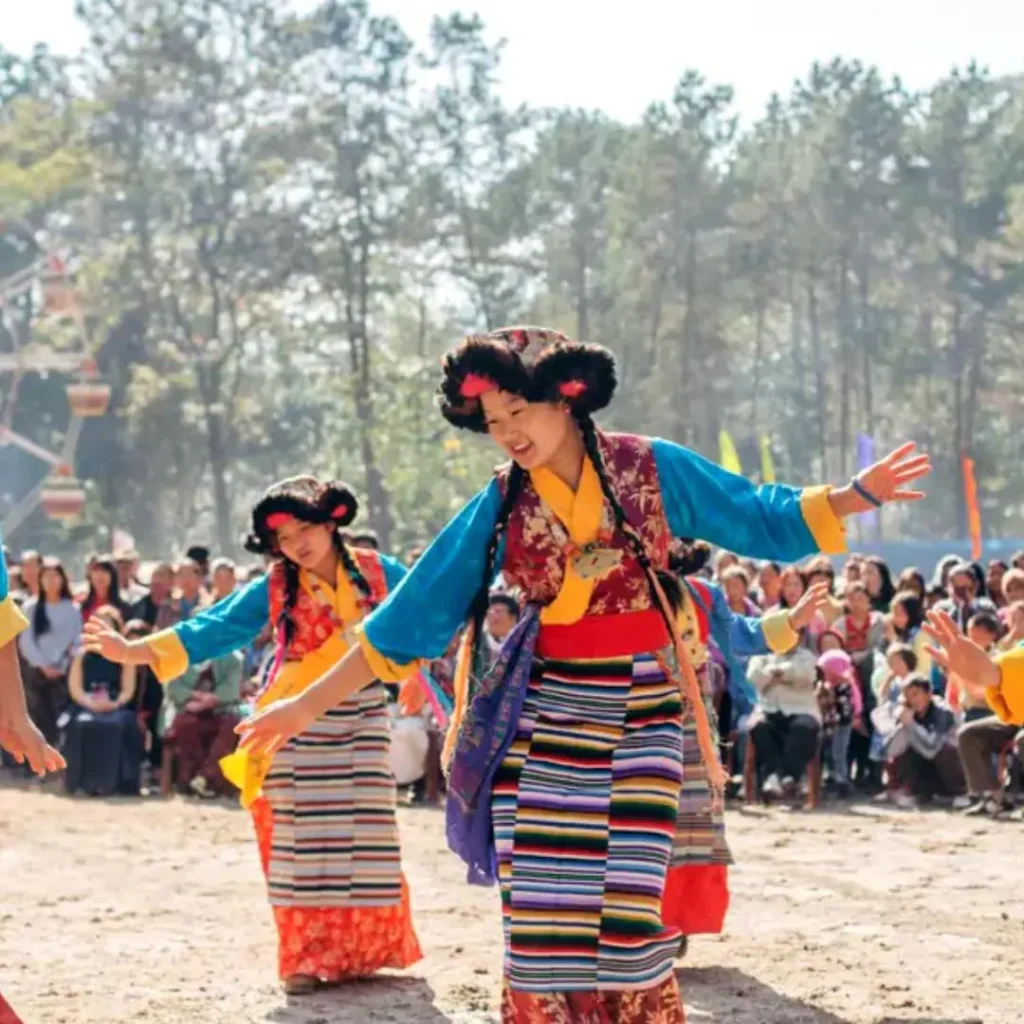
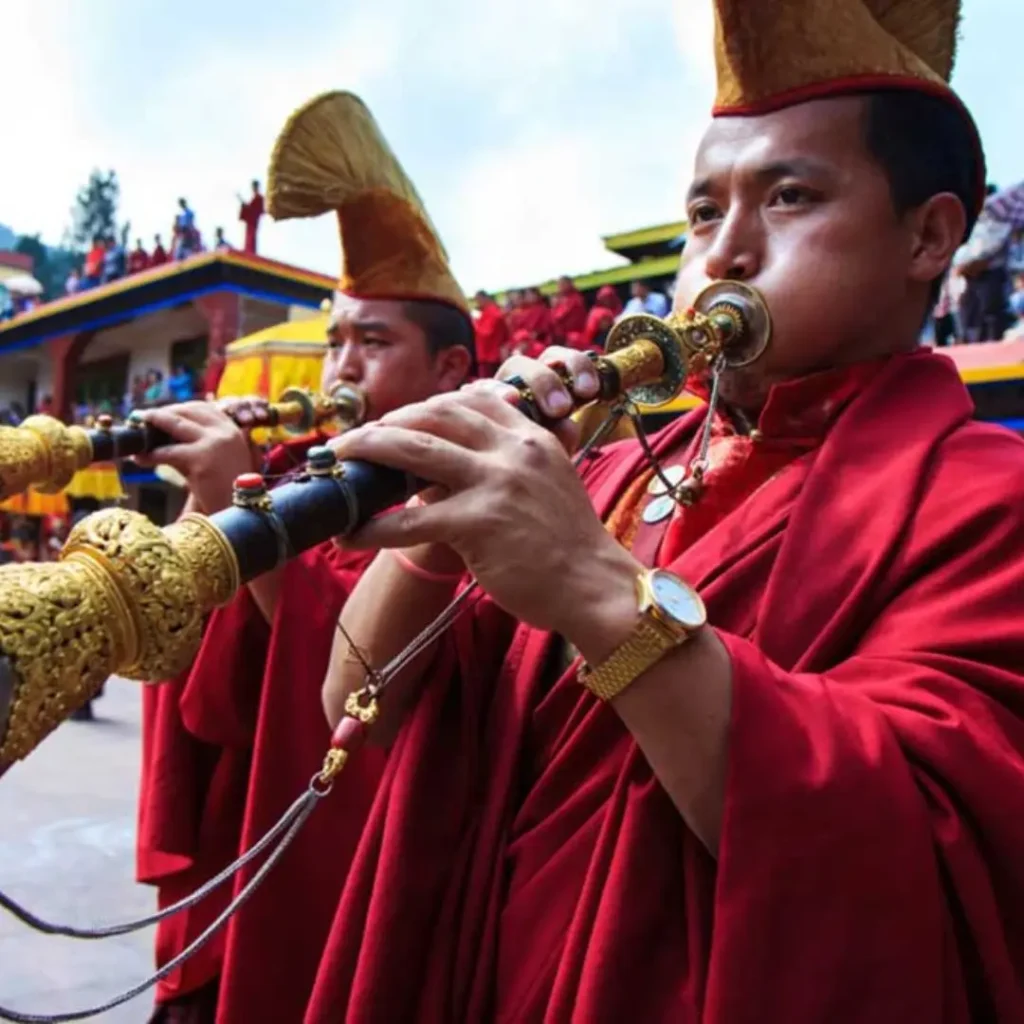
The people of Sikkim
The people of Sikkim are known for their warmth, simplicity and deep respect for nature and tradition. The major communities such as the Lepcha, Bhutia and Nepali each bring their own culture, language and beliefs, making Sikkim a diverse and vibrant state.
Despite their many differences, they live in harmony, celebrate each other’s festivals and support peaceful living. Most people follow Buddhism or Hinduism, and spiritual values play an important role in their daily lives.
Be it in the village or the city, the people of Sikkim are proud of their heritage and always welcome visitors with kindness and a smile.
Languages and Simple Living
In Sikkim, people speak many languages. The most common languages here are Nepali, Bhutia and Lepcha, while Hindi and English are also widely spoken, especially in schools and offices. Each language carries stories, songs and traditions passed down through generations.
Life in Sikkim is simple and peaceful. Most people live in small towns or villages close to nature. Agriculture, animal husbandry and small businesses are common ways of life. Even in modern times, the people of Sikkim retain their traditional customs, live in eco-friendly homes and follow a clean, healthy lifestyle.
Traditions and Dress
The traditional dress of Sikkimese people is beautiful and colorful. The Bhutias and Lepchas wear a dress called Bakhu, which is like a long robe tied with a belt. Women wear it with a full sleeve blouse and a bright scarf, while men wear it with trousers.
During festivals and special occasions, people wear their best traditional clothes, which you can easily spot in Sikkim culture images online or in magazines. These clothes are not just outfits they are a proud part of their identity.
Festivals of Sikkim
Sikkim’s festivals are colorful, joyful, and meaningful. They bring people together to celebrate culture, religion, and nature. One of the most important festivals is Losar, the Tibetan New Year, which is celebrated with prayers, dance, and special foods. Pang Labsol honors Mount Kanchenjunga, the guardian of the land, through Sikkim’s unique and traditional masked dance.
The popular Nepali festivals, Dashain and Tihar, are also widely celebrated with family gatherings, lighting, and music. Another major festival is Saga Dawa, an important day for Buddhists that marks the birth, enlightenment, and death of Lord Buddha. During these festivals, people wear their traditional attire, visit monasteries, and enjoy local music and dance, making Sikkim a vibrant and welcoming place during the festival season.
Art and Culture of Sikkim
The art and culture of Sikkim reflect its deep heritage and spiritual beliefs. Much of the artwork is inspired by Buddhism, especially as seen in Thangka paintings, which are colorful scrolls depicting stories of gods and saints. These paintings are displayed in various monasteries in Sikkim, along with beautifully carved wooden pillars and statues. Handicrafts such as woodworking, carpet weaving, and handmade paper are also important parts of Sikkimese culture.
Traditional clothing such as the Bakhu (worn by the Bhutia and Lepchas) is often made with bright fabrics and unique designs. Sikkimese cultural values place a strong emphasis on respect, peace, and living in harmony with nature. Art in Sikkim is not just for decoration it is a way to spread faith, celebrate divinity, and stay connected to their roots.
Religion and Spiritual Life
Religion plays a big role in the culture of Sikkim. Most of the people follow Buddhism or Hinduism as their religion. One of the most important place is Monasteries where people pray, learn, and find peace and also practices Religion.
The Rumtek Monastery is one of the most famous Monastery in the Sikkim. You can see that monks wearing red robes, spinning prayer wheels, and chanting prayers. Also you notice that they tied Flags around homes, temples, and trees with prayers on them . They flutter in the wind, spreading peace and good wishes to all.
Music and Dance
Music and dance are very important in the Sikkim culture and tradition. People sing folk songs that tell about stories of nature, love, and gods. These songs are often sung during special times like festivals and weddings.
Sikkim also has many traditional dances but Snow Lion Dance is one of the famous all over the Sikkim. It is full of color and fun! People wear bright clothes, masks, and shiny jewelry while dancing. Everyone enjoys watching these dances. They make festivals more joyful and are loved by both local people and visitors.
Food Culture and Daily Life in Sikkim
The food culture and daily life of Sikkim is very simple. From my own experience, everything here is healthy and closely connected to the land. Most of the food is made with local ingredients such as rice, vegetables and fermented foods. Popular dishes include momos (steamed dumplings), thukpa (noodle soup), phagshapa (pork with radish) and gundruk (fermented leafy greens).
These dishes are not only delicious, but also perfect for the cold weather. Daily life in Sikkim moves at a peaceful pace. People often wake up early in the morning, start their day with farming, local work or small businesses, and spend time with family and community.
Respect for elders, love for nature and spiritual practices such as prayer or visiting monasteries are part of the daily routine. The clean environment, friendly neighbors and a strong sense of unity make life in Sikkim peaceful and fulfilling.
What Makes Sikkim Culture So Special?
The culture of Sikkim is special because it is peaceful, respectful, and full of joy. People from different backgrounds live together without any fights. They respect nature, pray for peace, and celebrate every little moment. Whether it’s through their clothes, food, or prayers, the people of Sikkim show us how to live happily and simply.
Key Attractions to Explore in Sikkim
Sikkim, a land of sublime beauty and cultural richness, offers numerous attractions for every traveler. Here’s a guide to some must see destinations:
Historical and Cultural Sites
- Ganesh Tok: A small but significant temple offering panoramic views of Gangtok and the surrounding hills. It’s a spiritual and scenic spot that shouldn’t be missed.
- Rabdentse Ruins: Step back into history with the remnants of Sikkim’s ancient capital. This location is perfect for history buffs interested in the region’s past.
- Namgyal Institute of Tibetology: Dive into Tibetan culture with a visit to this renowned research institute. It features an impressive collection of Tibetan artifacts and manuscripts.
Nature and Scenic Beauty
- Dongkha La: For those who love adventure and breathtaking views, this high-altitude pass is a fantastic destination.
- Tsomgo Lake and Baba Mandir: This picturesque glacial lake located at a lofty height is paired with the nearby Baba Mandir, a site steeped in myth and reverence.
- Barsey Rhododendron Sanctuary: Nature enthusiasts will delight in the colorful blooms of rhododendrons and other flora at this sanctuary.
Leisure and Relaxation
- Temi Tea Garden: Famous for its beautiful green tea gardens, this place is perfect for a slow, peaceful walk surrounded by nature. You can also taste some of the best and freshest teas while enjoying the calm and lovely views.
Unique Experiences
- Zero Point: Experience the thrill of being at the last outpost of civilization before the Indian border ends. It’s a must-visit for those seeking something off the beaten path.
- Tarey Bhir: A long, narrow ridge that offers spectacular views of the tea gardens below and the confluence of rivers.
Final Thoughts
The culture of Sikkim is a beautiful blend of tradition, simplicity and harmony. From its peaceful way of life to its rich cuisine, colourful festivals, vibrant music and profound art, everything reflects the warmth of the people here and their love for nature and community. Whether you are enjoying a plate of momos, watching traditional dances, or whatever you do, you will experience that calm and charming feeling that makes Sikkim truly unique. It is a place where culture is not only preserved but also enjoyed with daily joy.
Check Latest Stories:
Frequently Asked Question
What is the cultural festival of Sikkim?

One of the most important religious and cultural celebrations for the Kirat Khambu Rai group in Sikkim is Sakewa. Honoring Mother Earth, the festivities begin with Bhumi Puja and include community dances and other customs.
What is the culture of Sikkim dress?
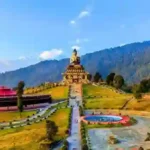
Traditional clothing used by women in Sikkim includes choktsees, honju, pangden, and kera. The honju, a silk or cotton shirt, is worn over the choktsees, eight auspicious Buddhist symbols stitched on a silk fabric.
What is the main culture of Sikkim?
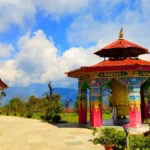
Sikkim’s people are hospitable, uncomplicated, and joyful by nature. Sikkim’s traditions and rituals are as varied as the ethnic groups that live there: the “Lepchas,” who are basically forest people, the “Bhutias,” and the “Nepalese.” Sikkim’s population enjoys festivities much.
What is the art culture of Sikkim?
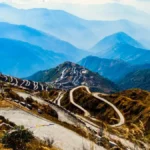
Sikkim is renowned for its beautiful wood carvings, often depicting Buddhist symbols and masks, and its hand-woven carpet weaving tradition.
What is Sikkim national food?

What dish is Sikkim renowned for? A. Sikkim is renowned for having a rich and varied culinary culture with unusual flavors and ingredients. Among the most well-known dishes in Sikkim are momos, thukpa, daal bhaat, and bamboo shoot curry.

